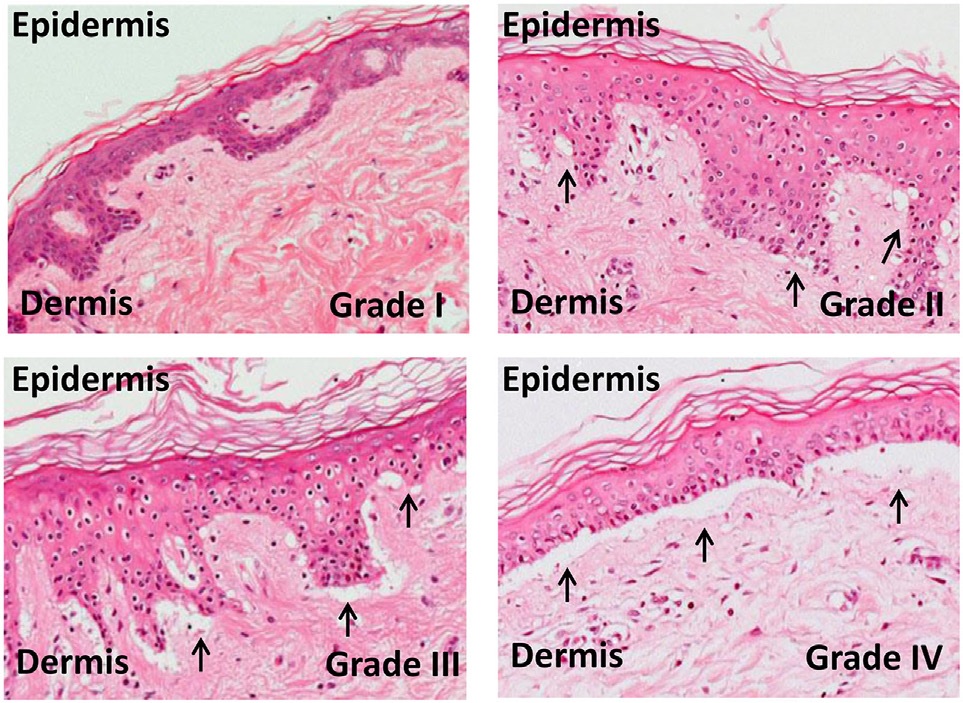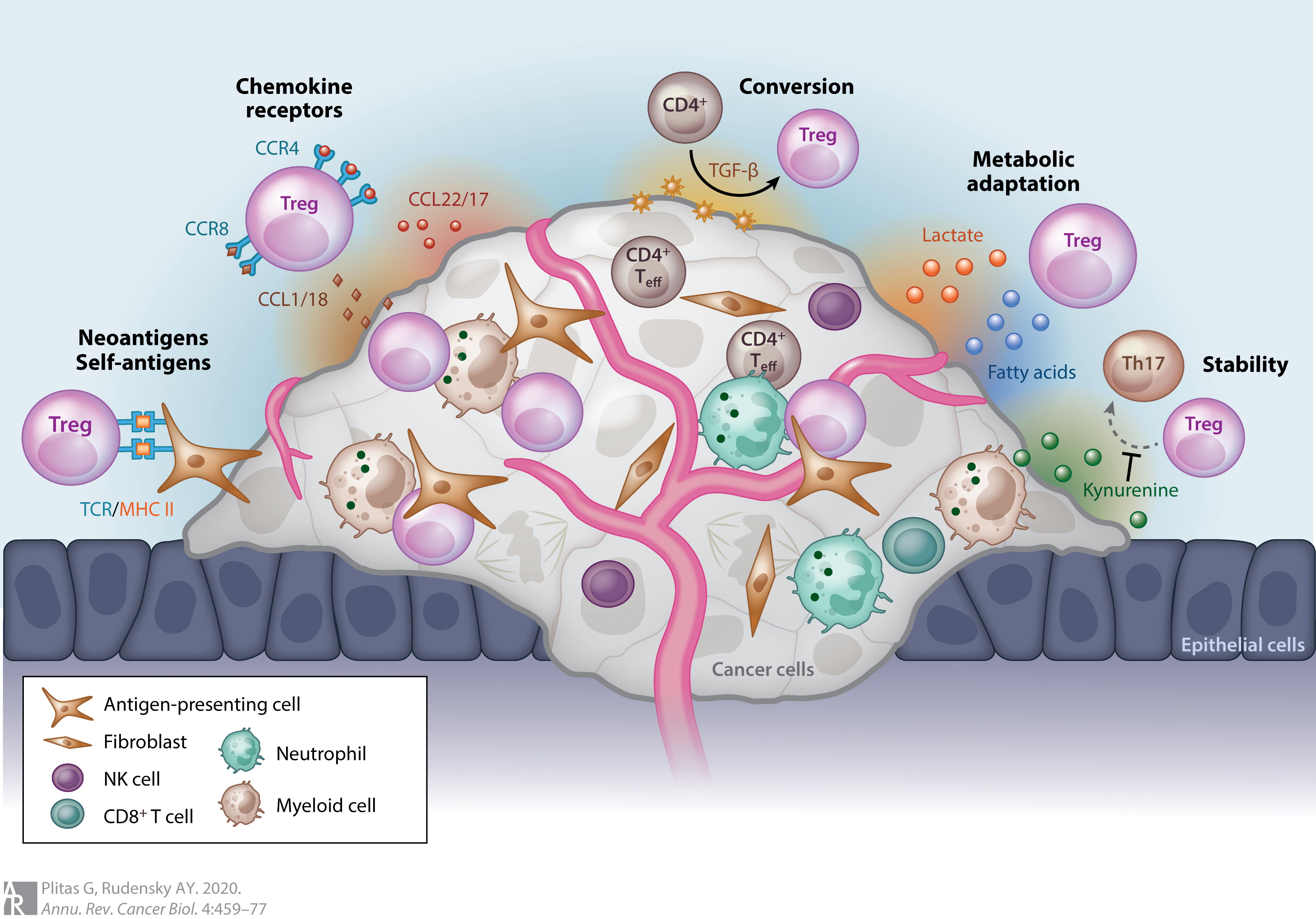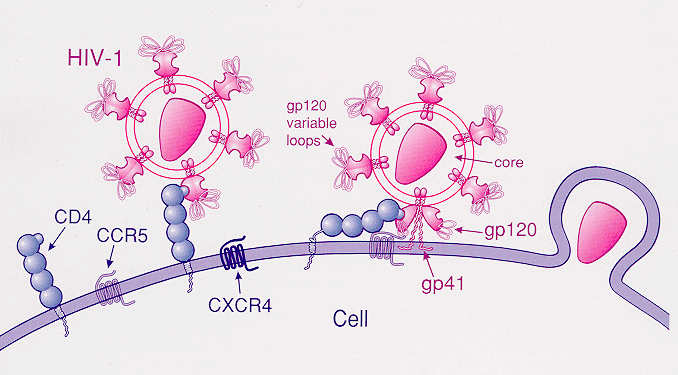|
Type 1 Regulatory T Cells (Tr1 Cells)
Type 1 regulatory cells or Tr1 (TR1) cells are a class of regulatory T cells participating in peripheral immunity as a subsets of CD4+ T cells. Tr1 cells regulate tolerance towards antigens of any origin. Tr1 cells are self or non-self antigen specific and their key role is to induce and maintain peripheral tolerance and suppress tissue inflammation in autoimmunity and graft vs. host disease. Characterization and surface molecules The specific cell-surface markers for Tr1 cells in humans and mice are CD4+ CD49b+LAG-3+ CD226+ from which LAG-3+ and CD49b+ are indispensable. LAG-3 is a membrane protein on Tr1 cells that negatively regulates T-cell receptor, TCR-mediated signal transduction in cells. LAG-3 activates dendritic cells (DCs) and enhances the antigen-specific T-cell response which is necessary for Tr1 cells antigen specificity. CD49b belongs to the integrin family and is a receptor for many (extracellular) matrix and non-matrix molecules. CD49b provides only li ... [...More Info...] [...Related Items...] OR: [Wikipedia] [Google] [Baidu] |
Regulatory T Cells
The regulatory T cells (Tregs or Treg cells), formerly known as suppressor T cells, are a subpopulation of T cells that modulate the immune system, maintain tolerance to self-antigens, and prevent autoimmune disease. Treg cells are immunosuppressive and generally suppress or downregulate induction and proliferation of effector T cells. Treg cells express the biomarkers CD4, FOXP3, and CD25 and are thought to be derived from the same lineage as naïve CD4+ cells. Because effector T cells also express CD4 and CD25, Treg cells are very difficult to effectively discern from effector CD4+, making them difficult to study. Research has found that the cytokine transforming growth factor beta (TGF-β) is essential for Treg cells to differentiate from naïve CD4+ cells and is important in maintaining Treg cell homeostasis. Mouse models have suggested that modulation of Treg cells can treat autoimmune disease and cancer and can facilitate orga ... [...More Info...] [...Related Items...] OR: [Wikipedia] [Google] [Baidu] |
TNFRSF9
CD137 is a member of the tumor necrosis factor (TNF) receptor family. Its alternative names are ''tumor necrosis factor receptor superfamily member 9'' (TNFRSF9), 4-1BB and ''induced by lymphocyte activation'' (ILA). It is of interest to immunologists as a co-stimulatory immune checkpoint molecule. Expression CD137 is expressed by activated T cells of both the CD4+ and CD8+ lineages. Although it is thought to function mainly in co-stimulating those cell types to support their activation by antigen presenting cells expressing its ligand (CD137L), CD137 is also expressed on dendritic cells, B cells, NK cells, neutrophils and macrophages. Specific effects on cells The best characterized activity of CD137 is its costimulatory activity for activated T cells. Crosslinking of CD137 enhances T cell proliferation, IL-2 secretion, survival and cytolytic activity. Further, it can enhance immune activity to eliminate tumors in mice. Interactions CD137 has been shown to interact with TR ... [...More Info...] [...Related Items...] OR: [Wikipedia] [Google] [Baidu] |
Cell Biology
Cell biology (also cellular biology or cytology) is a branch of biology that studies the structure, function, and behavior of cells. All living organisms are made of cells. A cell is the basic unit of life that is responsible for the living and functioning of organisms. Cell biology is the study of structural and functional units of cells. Cell biology encompasses both prokaryotic and eukaryotic cells and has many subtopics which may include the study of cell metabolism, cell communication, cell cycle, biochemistry, and cell composition. The study of cells is performed using several microscopy techniques, cell culture, and cell fractionation. These have allowed for and are currently being used for discoveries and research pertaining to how cells function, ultimately giving insight into understanding larger organisms. Knowing the components of cells and how cells work is fundamental to all biological sciences while also being essential for research in biomedical fields such as ... [...More Info...] [...Related Items...] OR: [Wikipedia] [Google] [Baidu] |
Graft-versus-host Disease
Graft-versus-host disease (GvHD) is a syndrome, characterized by inflammation in different organs. GvHD is commonly associated with bone marrow transplants and stem cell transplants. White blood cells of the donor's immune system which remain within the donated tissue (the graft) recognize the recipient (the host) as foreign (non-self). The white blood cells present within the transplanted tissue then attack the recipient's body's cells, which leads to GvHD. This should not be confused with a transplant rejection, which occurs when the immune system of the transplant recipient rejects the transplanted tissue; GvHD occurs when the donor's immune system's white blood cells reject the recipient. The underlying principle (alloimmunity) is the same, but the details and course may differ. GvHD can also occur after a blood transfusion if the blood products used have not been irradiated or treated with an approved pathogen reduction system. Types In the clinical setting, graft-versus-hos ... [...More Info...] [...Related Items...] OR: [Wikipedia] [Google] [Baidu] |
Myeloid Progenitor Cells
Hematopoietic stem cells (HSCs) are the stem cells that give rise to other blood cells. This process is called haematopoiesis. In vertebrates, the very first definitive HSCs arise from the ventral endothelial wall of the embryonic aorta within the (midgestational) aorta-gonad-mesonephros region, through a process known as endothelial-to-hematopoietic transition. In adults, haematopoiesis occurs in the red bone marrow, in the core of most bones. The red bone marrow is derived from the layer of the embryo called the mesoderm. Haematopoiesis is the process by which all mature blood cells are produced. It must balance enormous production needs (the average person produces more than 500 billion blood cells every day) with the need to regulate the number of each blood cell type in the circulation. In vertebrates, the vast majority of hematopoiesis occurs in the bone marrow and is derived from a limited number of hematopoietic stem cells that are multipotent and capable of extensive sel ... [...More Info...] [...Related Items...] OR: [Wikipedia] [Google] [Baidu] |
Regulatory T Cell
The regulatory T cells (Tregs or Treg cells), formerly known as suppressor T cells, are a subpopulation of T cells that modulate the immune system, maintain tolerance to self-antigens, and prevent autoimmune disease. Treg cells are immunosuppressive and generally suppress or downregulate induction and proliferation of effector T cells. Treg cells express the biomarkers CD4, FOXP3, and CD25 and are thought to be derived from the same lineage as naïve CD4+ cells. Because effector T cells also express CD4 and CD25, Treg cells are very difficult to effectively discern from effector CD4+, making them difficult to study. Research has found that the cytokine transforming growth factor beta (TGF-β) is essential for Treg cells to differentiate from naïve CD4+ cells and is important in maintaining Treg cell homeostasis. Mouse models have suggested that modulation of Treg cells can treat autoimmune disease and cancer and can facilitate orga ... [...More Info...] [...Related Items...] OR: [Wikipedia] [Google] [Baidu] |
B Cell
B cells, also known as B lymphocytes, are a type of white blood cell of the lymphocyte subtype. They function in the humoral immunity component of the adaptive immune system. B cells produce antibody molecules which may be either secreted or inserted into the plasma membrane where they serve as a part of B-cell receptors. When a naïve or memory B cell is activated by an antigen, it proliferates and differentiates into an antibody-secreting effector cell, known as a plasmablast or plasma cell. Additionally, B cells present antigens (they are also classified as professional antigen-presenting cells (APCs)) and secrete cytokines. In mammals, B cells mature in the bone marrow, which is at the core of most bones. In birds, B cells mature in the bursa of Fabricius, a lymphoid organ where they were first discovered by Chang and Glick, which is why the 'B' stands for bursa and not bone marrow as commonly believed. B cells, unlike the other two classes of lymphocytes, T cells and ... [...More Info...] [...Related Items...] OR: [Wikipedia] [Google] [Baidu] |
CCR8 (gene)
Chemokine (C-C motif) receptor 8, also known as CCR8, is a protein which in humans is encoded by the ''CCR8'' gene. CCR8 has also recently been designated CDw198 (cluster of differentiation w198). Function This gene encodes a member of the beta chemokine receptor family, which is predicted to be a seven transmembrane protein similar to G protein-coupled receptors. Chemokines and their receptors are important for the migration of various cell types into the inflammatory sites. This receptor protein preferentially expresses in the thymus. The ligand of the CCR8 is CCL1. CCL8 also functions as a CCR8 agonist. Studies of this receptor and its ligands suggested its role in regulation of monocyte chemotaxis and thymic cell apoptosis. More specifically, this receptor may contribute to the proper positioning of activated T cells within the antigenic challenge sites and specialized areas of lymphoid tissues. This gene is located at the chemokine receptor gene cluster region. See also ... [...More Info...] [...Related Items...] OR: [Wikipedia] [Google] [Baidu] |
CCR4
C-C chemokine receptor type 4 is a protein that in humans is encoded by the ''CCR4'' gene. CCR4 has also recently been designated CD194 (cluster of differentiation 194). The protein encoded by this gene belongs to the G protein-coupled receptor family. It is a receptor for the following CC chemokines: * CCL2 (MCP-1) * CCL4 (MIP-1) * CCL5 (RANTES) * CCL17 (TARC) * CCL22 (Macrophage-derived chemokine) Chemokines are a group of small structurally related proteins that regulate cell trafficking of various types of leukocytes. The chemokines also play fundamental roles in the development, homeostasis, and function of the immune system, and they have effects on cells of the central nervous system as well as on endothelial cells involved in angiogenesis or angiostasis. CCR4 is a cell-surface protein and should not be confused with the unrelated carbon catabolite repression-negative on TATA-less (CCR4-Not), a nuclear protein complex that regulates gene expression. Clinical signific ... [...More Info...] [...Related Items...] OR: [Wikipedia] [Google] [Baidu] |
CCR5
C-C chemokine receptor type 5, also known as CCR5 or CD195, is a protein on the surface of white blood cells that is involved in the immune system as it acts as a receptor for chemokines. In humans, the ''CCR5'' gene that encodes the CCR5 protein is located on the short (p) arm at position 21 on chromosome 3. Certain populations have inherited the ''Delta 32'' mutation, resulting in the genetic deletion of a portion of the CCR5 gene. Homozygous carriers of this mutation are resistant to M-tropic strains of HIV-1 infection. Function The CCR5 protein belongs to the beta chemokine receptors family of integral membrane proteins. It is a G protein–coupled receptor which functions as a chemokine receptor in the CC chemokine group. CCR5's cognate ligands include CCL3, CCL4 (also known as MIP 1''α'' and 1''β'', respectively), and CCL3L1. CCR5 furthermore interacts with CCL5 (a chemotactic cytokine protein also known as RANTES). CCR5 is predominantly expressed on T cells, ... [...More Info...] [...Related Items...] OR: [Wikipedia] [Google] [Baidu] |
Chemokine Receptor
Chemokine receptors are cytokine receptors found on the surface of certain cells that interact with a type of cytokine called a chemokine. There have been 20 distinct chemokine receptors discovered in humans. Each has a rhodopsin-like 7-transmembrane (7TM) structure and couples to G-protein for signal transduction within a cell, making them members of a large protein family of G protein-coupled receptors. Following interaction with their specific chemokine ligands, chemokine receptors trigger a flux in intracellular calcium (Ca2+) ions (calcium signaling). This causes cell responses, including the onset of a process known as chemotaxis that traffics the cell to a desired location within the organism. Chemokine receptors are divided into different families, CXC chemokine receptors, CC chemokine receptors, CX3C chemokine receptors and XC chemokine receptors that correspond to the 4 distinct subfamilies of chemokines they bind. Four families of chemokine receptors differ in spa ... [...More Info...] [...Related Items...] OR: [Wikipedia] [Google] [Baidu] |
CD134
Tumor necrosis factor receptor superfamily, member 4 (TNFRSF4), also known as CD134 and OX40 receptor, is a member of the TNFR-superfamily of receptors which is not constitutively expressed on resting naïve T cells, unlike CD28. OX40 is a secondary co-stimulatory immune checkpoint molecule, expressed after 24 to 72 hours following activation; its ligand, OX40L, is also not expressed on resting antigen presenting cells, but is following their activation. Expression of OX40 is dependent on full activation of the T cell; without CD28, expression of OX40 is delayed and of fourfold lower levels. Function OX40 has no effect on the proliferative abilities of CD4+ cells for the first three days, however after this time proliferation begins to slow and cells die at a greater rate, due to an inability to maintain a high level of PKB activity and expression of Bcl-2, Bcl-XL and survivin. OX40L binds to OX40 receptors on T-cells, preventing them from dying and subsequently increasing cytoki ... [...More Info...] [...Related Items...] OR: [Wikipedia] [Google] [Baidu] |





